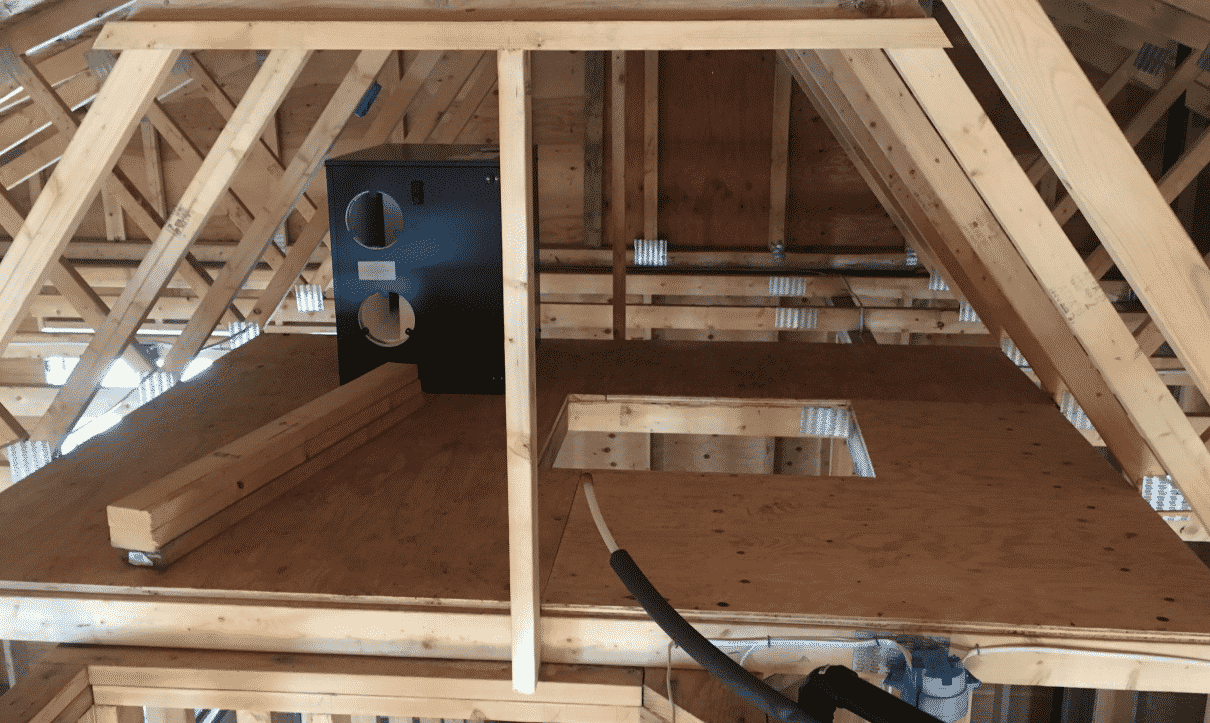n typical new homes of California, split system air conditioners and furnace are common especially in the central valley and the desert areas. While this is the conventional means of cooling and heating, some areas make use of a heat pump prompting the elimination of the furnace. Areas within mountains and the coastal regions rarely utilize air conditioning; instead use the gas furnace as a means for heating.
Heating and cooling is commonly circulated in each of the rooms via air ducts. A lot of the Title 24 compulsory measures rely on this type of heating and cooling system. Title 24 criteria employ methods of the typical system on a large scale but also work well with other systems such as the hydronic system. Hydronic system is different to ducted systems as it uses hot water that is circulated to provide heat in conditioned spaces in comparison to a ducted system that uses heated air.
Title 24 standards are difficult to use with electric resistance systems that are widely employed in some areas as well. Ground-source heat thrust methods are used in areas with minimal or no gas service.
Equipment sizing
Although Title 24 residential standards does not set restrictions as to the sizing of the heating equipment; it is recommended that heat loads be calculated when installing new heating systems. Large than usual equipment do not operate efficiently and can result in comfort problems because of excessive high airflow and cycling. For cooling devices, it is critical to avoid oversizing as efficiency degrades if the system cycles on and off recurrently.
Air Distribution Ducts and Plenums
The performance of air distribution system profoundly affects the overall efficiency of HVAC system. Consequently, these air distribution systems face some mandatory measures as well as prescriptive requirements. Some of the necessary rules demand that air distribution ducts have seals, and HERS tested to determine leakages. This has to be done in all climate zones even if performance method of compliance is utilized. Compliance credits are offered on a variety of methods for duct system designs.
Duct Insulation
The minimum allowed insulation on ducts is R-6 in many climate zones, with R-8 recommended for use in climatic zones 14 and 16. This is unless pipes have been entirely enclosed in conditioned space.
Thermostats
Homes with automatic setback thermostats have both comfort and convenience, and it is highly energy efficient.
Zone Control
Selective conditioning is crucial to saving energy consumption. It also qualifies for energy compliance credit that is given for zoned air-conditioning and heating systems. Houses with at least two zones, such as sleeping and living, can easily qualify for these credits.


